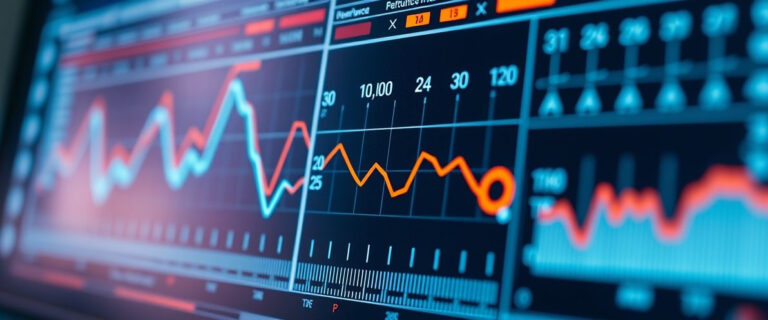Understanding Predictive Analytics
Predictive Analytics refers to the use of statistical algorithms, machine learning techniques, and data mining to identify the likelihood of future outcomes based on historical data. It is a critical component of data science, enabling organizations to make informed decisions by predicting trends and behaviors.
Importance of Predictive Analytics in Today’s World
In an age where data is abundant, the ability to leverage this information for strategic decision-making is invaluable. Predictive analytics is particularly significant in sectors such as finance, healthcare, retail, and marketing. By analyzing patterns from past data, organizations can optimize operations, improve customer experiences, and enhance profitability.
Key Features of Predictive Analytics
- Data Mining: Extracting useful information from large datasets to identify patterns.
- Statistical Modeling: Using mathematical models to forecast outcomes based on historical data.
- Machine Learning: Algorithms that learn from data to improve accuracy in predictions.
- Data Visualization: Presenting data insights in visual formats for better understanding.
Real-World Applications of Predictive Analytics
Let’s explore some practical applications of predictive analytics that illustrate its effectiveness:
1. Customer Behavior Prediction
Retailers utilize predictive analytics to anticipate customer purchasing behaviors. For instance, by analyzing shopping history and preferences, businesses can recommend products to customers, enhancing their shopping experience and increasing sales. Companies like Amazon use such techniques to personalize recommendations, which drives customer engagement and loyalty.
2. Fraud Detection in Finance
Financial institutions implement predictive analytics to detect fraudulent transactions. By analyzing patterns in transaction data, banks can identify anomalies that indicate potential fraud, allowing them to mitigate risks proactively. For example, if a transaction deviates significantly from a user’s typical pattern, the system can flag it for review.
3. Predictive Maintenance in Manufacturing
Manufacturers use predictive analytics to foresee equipment failures and schedule maintenance before issues arise. By monitoring equipment performance data and using historical failure patterns, companies can optimize maintenance schedules, reducing downtime and maintenance costs. This approach is exemplified by companies like General Electric, which employs predictive maintenance strategies to enhance operational efficiency.
4. Health Outcomes Prediction
In healthcare, predictive analytics can forecast patient outcomes and improve treatment plans. By analyzing patient data, healthcare providers can identify risk factors and tailor interventions. For instance, hospitals may use predictive models to anticipate patient readmissions, allowing them to implement preventative measures to improve care quality.
How to Implement Predictive Analytics in Your Daily Work
For tech professionals, integrating predictive analytics into your projects can be highly beneficial. Here are some steps to get started:
- Identify the Problem: Determine the specific business problem you want to address with predictive analytics.
- Gather Data: Collect relevant historical data from various sources, ensuring it is clean and organized.
- Select Tools: Choose appropriate tools and technologies for data analysis, such as Python libraries (e.g., scikit-learn, Pandas) or software like R.
- Build Models: Create predictive models using machine learning algorithms suited to your data.
- Validate and Test: Assess the accuracy of your models by testing them against new data.
- Deploy Insights: Implement the insights gained from your models in your strategic decision-making processes.
Related Concepts in Predictive Analytics
Understanding predictive analytics also involves familiarity with related concepts:
- Descriptive Analytics: Involves analyzing past data to understand what has happened.
- Prescriptive Analytics: Suggests actions based on predictive outcomes, guiding decision-making.
- Big Data: Refers to the large volumes of data analyzed for predictive insights.
- Data Science: A broader field encompassing predictive analytics, focusing on extracting insights from data.
Conclusion: The Value of Predictive Analytics
In summary, predictive analytics serves as a powerful tool for organizations seeking to understand and act on data-driven insights. By leveraging historical data, predictive models can enhance decision-making across various sectors. As a tech professional, embracing predictive analytics can lead to better outcomes, whether in customer engagement, operational efficiency, or strategic planning. The future is data-driven, and predictive analytics is at the forefront of this transformation.
Take a moment to reflect on how predictive analytics can be integrated into your current projects. What data do you have at your disposal, and how can you apply it to predict future trends? The journey of leveraging data begins with a single step—let that step be the adoption of predictive analytics.









